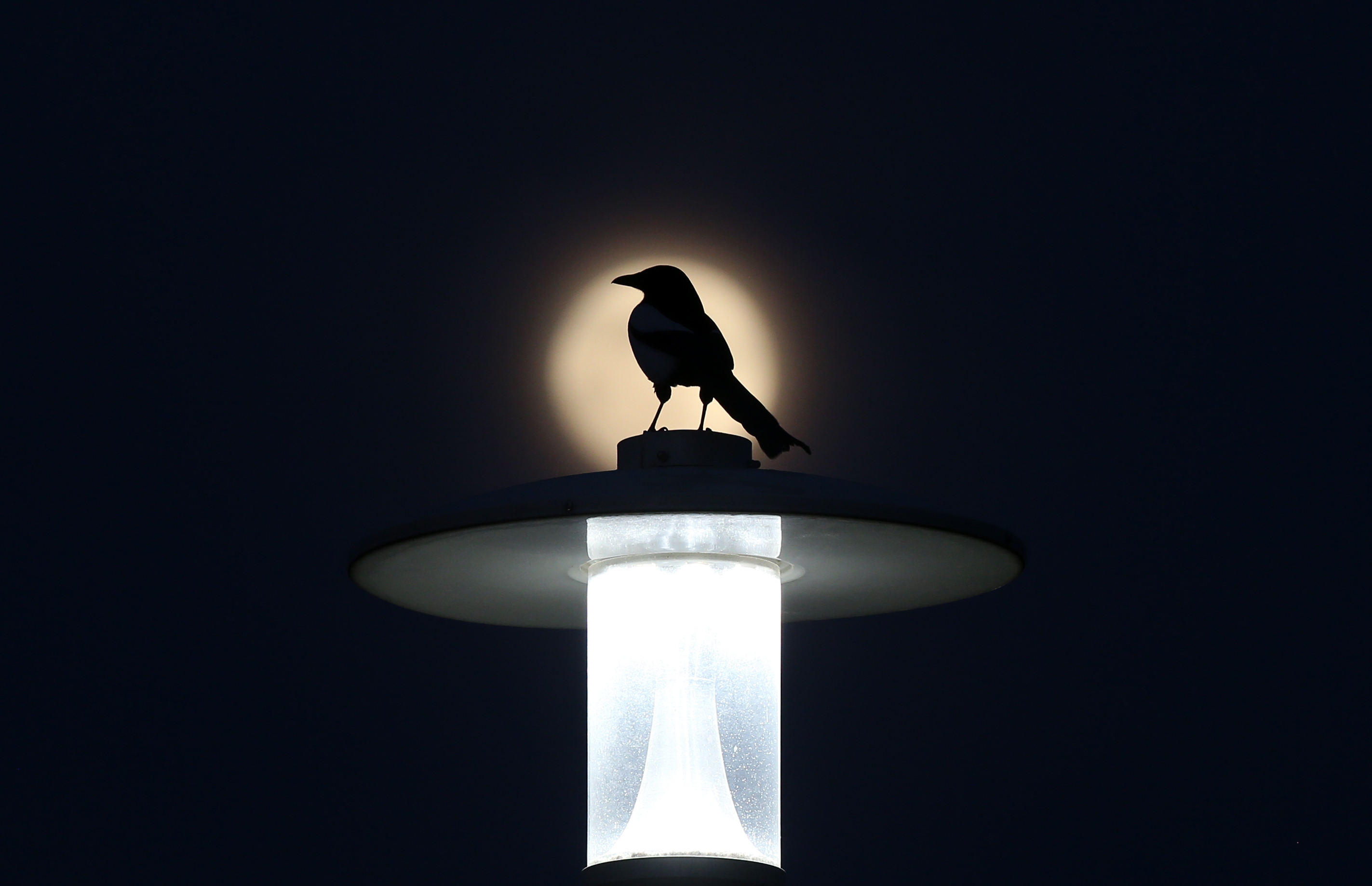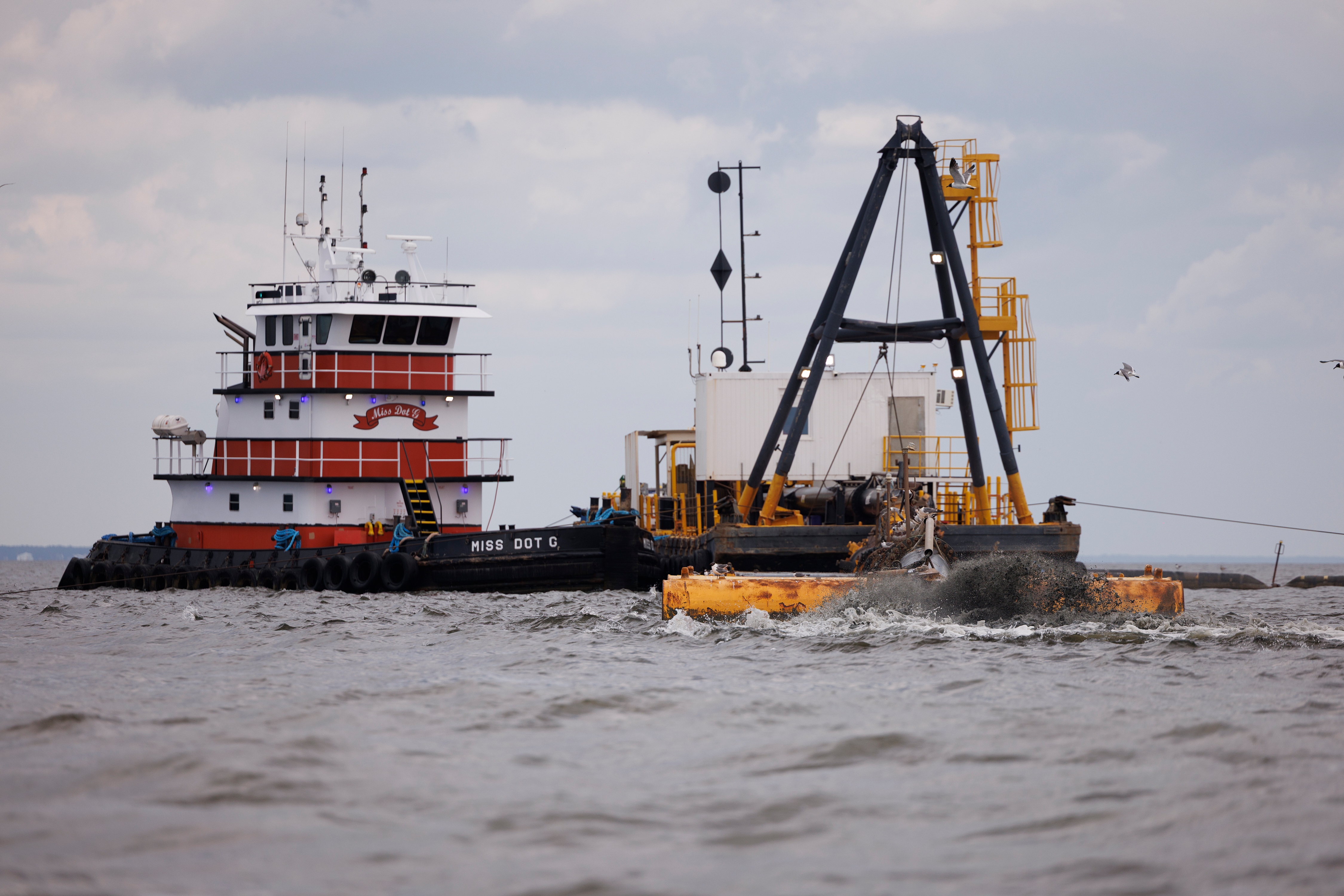Hurricane science has come far since Katrina. That progress is now at risk

Hurricane forecasts are now much more accurate, 20 years on — largely because of federal government research.
(Image credit: David J. Phillip)

Hurricane forecasts are now much more accurate, 20 years on — largely because of federal government research.
(Image credit: David J. Phillip)

Hawaii's Kilauea volcano resumed erupting Friday by shooting an arc of lava 100 feet into the air and across a section of its summit crater floor.
(Image credit: M. Zoeller/AP)

A federal EV tax credit worth up to $7,500 ends Sept. 30. But the IRS has just clarified that shoppers don't need to actually have the keys in hand by the deadline to get the credit.
(Image credit: Charles Krupa)

Millions of audio recordings of hundreds of bird species have revealed that artificial light is making the birds wake up earlier and go to bed later.
(Image credit: Rasit Aydogan)

One of the goals of controversial wolf hunts in the Western U.S. is to help reduce the burden on ranchers, who lose livestock to wolves every year. A new study finds that those hunts have had a measurable, but small effect on livestock depredations.
(Image credit: Raimund Linke)

Air conditioning has become a hot debate in France in a summer of heatwaves.
(Image credit: Dimitar Dilkoff)

Health departments struggle to adequately survey for ticks to warn doctors about new species and the diseases they carry.
(Image credit: Aaron Bolton)

A lot of companies want the EPA in charge of setting national climate regulations because it helps shield them from lawsuits and creates a predictable environment in which to make investments.
(Image credit: Brandon Bell)

In small town Washington — where hydropower is plentiful — data centers are creating jobs and funding amenities. But water and energy aren't unlimited — and some worry about long-term sustainability.
(Image credit: Megan Farmer)
Giant dams built to conserve the Colorado River have nearly wiped out nearby native cottonwood trees, causing big ecosystem disruption. Tiny dams built to mimic those built by beavers could bring them back.

Transportation Secretary Sean Duffy says he doesn't agree with federal subsidies for high-speed EV chargers, but that his department "will respect Congress' will" and release the funds.
(Image credit: Patrick T. Fallon)
For three years in a row, Juneau has had unprecedented flooding in August from a melting glacier. This year, officials built a levee to protect the city. It seems to have helped, but it's temporary.

A lawsuit challenging construction and operations of an immigration detention center in the Florida Everglades known as 'Alligator Alley' has wrapped up with several key questions unanswered.
(Image credit: Rebecca Blackwell)

Scientists have long wondered about how the potato's genetic lineage came to be. Now they know: The plants are a cross between tomatoes and a plant known as Etuberosum.
(Image credit: Natural History Museum, London)

Dredging waterways for navigation is a centuries-old practice, but this project is controversial because the mud being dug out of the channel is put into other parts of Mobile Bay.
(Image credit: Blake Jones for NPR)

In western Colorado, firefighters are up against windy, hot weather as they try to protect homes and infrastructure from a pair of lightning-caused wildfires.
(Image credit: John Hecker)

The second Trump administration has removed more climate and environmental data from websites in the first 100 days than the first administration, according to a new report
(Image credit: Evan Vucci)

The 14-day stoppage comes as a federal judge considers whether additional construction of the immigration detention facility in south Florida's Everglades is detrimental to the environment.
(Image credit: Andrew Caballero-Reynolds)
Canada is having its second worst wildfire season yet. Two scientists explain what a red air alert means and how anyone living in impacted areas can protect themselves.
Spotted lanternflies are appearing all over the East Coast. The invasive insects damage plants and trees. What should you do when you spot them?